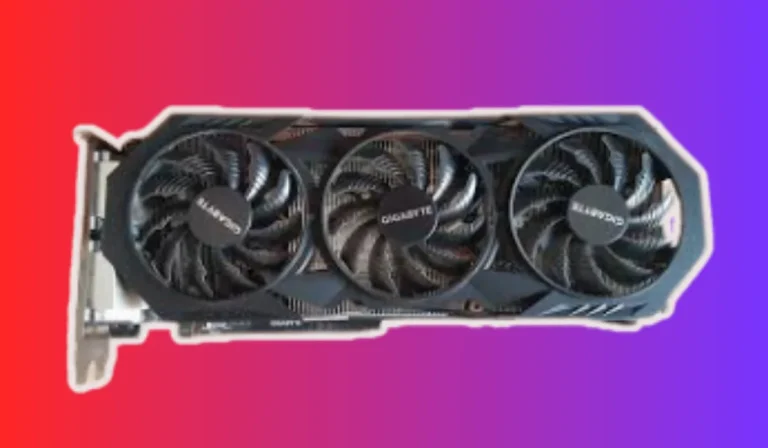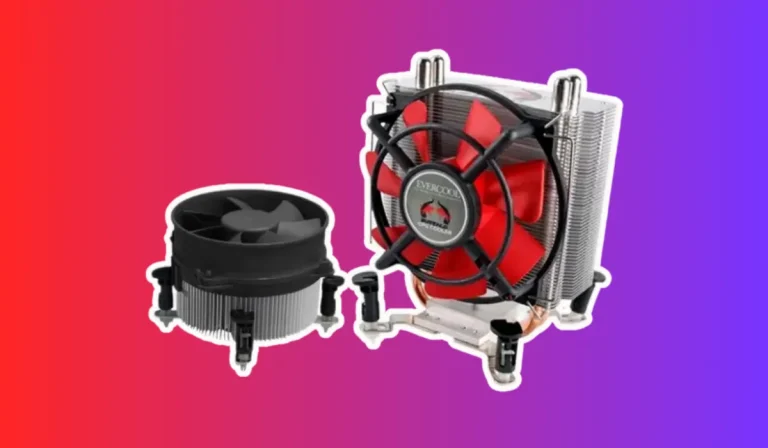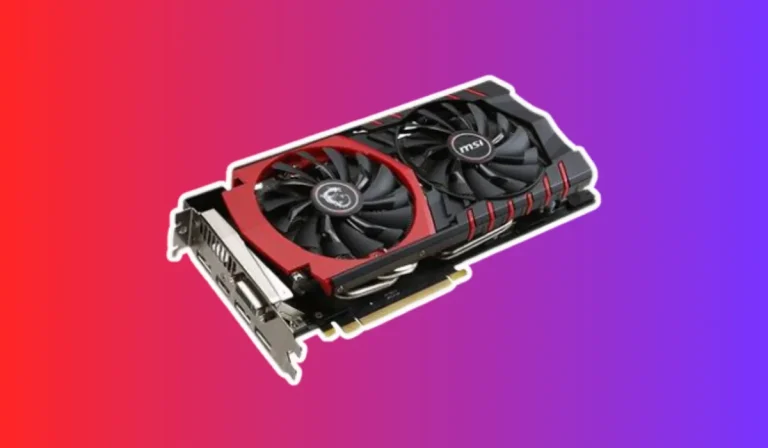How to Stop My Graphics Card From Overheating?
Is your graphics card running hot? Don’t sweat it! We’ve got you covered with simple yet effective tips to keep your graphics card cool and prevent overheating.
In this guide, we’ll walk you through the steps to ensure your gaming sessions or graphic-intensive tasks run smoothly without any meltdown. Let’s dive in!
Signs and Causes of Graphics Card Overheating
Is your graphics card feeling the heat? It’s essential to recognize the signs and understand the causes of graphics card overheating to prevent potential damage.
Here, we’ll explore the common indicators of an overheating graphics card and delve into the factors that contribute to this issue.
1. Common Signs of an Overheating Graphics Card
- Screen artifacts: Notice any strange graphical glitches, flickering, or distortion on your screen. These visual abnormalities can be a sign of an overheating graphics card.
- System crashes or freezes: Does your computer freeze or crash during intense gaming or graphic-intensive tasks? This could be a symptom of an overheating graphics card struggling to keep up.
- Unusual fan noise: Is your graphics card’s fan making louder noises than usual? Excessive fan noise can indicate that your graphics card is working harder to cool itself down.
2. Factors Contributing to Graphics Card Overheating
- Inadequate cooling: One of the primary reasons for graphics card overheating is inadequate cooling. This can occur due to insufficient airflow within the computer case or a malfunctioning cooling system.
- Dust buildup: Over time, dust can accumulate on the graphics card and its cooling components, hindering proper heat dissipation. This buildup acts as an insulator, trapping heat and causing the card to overheat.
- Overclocking: Pushing your graphics card beyond its recommended limits through overclocking can generate excess heat. Without proper cooling measures, this can lead to overheating and potential damage.
Cleaning and Maintenance
Keeping your graphics card clean and properly maintained is crucial for preventing overheating and ensuring optimal performance. Here, we’ll discuss the importance of regular cleaning and maintenance, along with practical steps to keep your graphics card in top shape.
Importance of Cleaning and Maintenance
Regular cleaning and maintenance are essential to remove dust, debris, and other contaminants that can obstruct airflow and hinder cooling. By keeping your graphics card clean, you can prevent heat buildup and maintain efficient operation.
Step-by-Step Cleaning Guide
1. Power off and disconnect: Before starting the cleaning process, power off your computer and disconnect it from the power source. This ensures your safety and prevents any potential damage.
2. Open the computer case: Carefully open your computer case to access the internal components. Refer to your computer’s manual or online resources for guidance on accessing the graphics card.
3. Remove the graphics card: Gently detach the graphics card from its slot, taking care not to apply excessive force or damage any surrounding components.
4. Clean the graphics card: Using a can of compressed air, blow away dust and debris from the graphics card and its fans. Pay special attention to the heatsink and fan blades, as they tend to accumulate significant dust.
5. Reinstall the graphics card: Once the cleaning is complete, reinsert the graphics card into its slot, ensuring a secure connection. Double-check that all cables and connectors are properly connected.
Frequency of Cleaning and Maintenance
Cleaning your graphics card every 3-6 months is generally recommended, but it may vary depending on factors such as your computer’s environment and usage. Regularly monitor your graphics card for signs of dust accumulation and clean as necessary.
Monitoring and Controlling Temperatures
Monitoring and controlling the temperatures of your graphics card is crucial for preventing overheating and ensuring optimal performance. Here, we’ll discuss the importance of temperature monitoring, along with practical tips to help you keep your graphics card cool.
Importance of Temperature Monitoring
Monitoring the temperatures of your graphics card allows you to stay informed about its operating conditions. By keeping an eye on the temperatures, you can identify potential issues early on and take appropriate action to prevent overheating and performance degradation.
Tips for Temperature Monitoring and Control
1. Use monitoring software: Install a reliable graphics card monitoring software that provides real-time temperature readings. Popular options include MSI Afterburner, GPU-Z, and HWMonitor. These programs allow you to track temperature levels and make informed decisions based on the data.
2. Maintain proper airflow: Ensure that your computer case has adequate airflow by keeping the ventilation areas unobstructed. Positioning your computer in a well-ventilated area and using additional case fans or a cooling pad can also help improve airflow.
3. Avoid overclocking: While overclocking can boost performance, it also generates more heat. If you’re concerned about temperatures, consider running your graphics card at its default clock speeds to minimize heat generation.
4. Manage fan speeds: Most graphics cards have automatic fan control, but you can adjust the fan speeds manually using software utilities. Increasing fan speeds can help dissipate heat more effectively, but it may also result in increased noise levels.
5. Check for driver updates: Graphics card manufacturers often release driver updates that can include performance optimizations and temperature management enhancements. Regularly check for and install these updates to ensure you have the latest improvements.
FAQ’s
1. Why is my graphics card overheating?
Graphics cards can overheat due to factors such as inadequate cooling, dust buildup, overclocking, or faulty fans.
2. How can I prevent my graphics card from overheating?
Ensure proper airflow in your computer case, regularly clean the graphics card and fans, avoid excessive overclocking, and keep your drivers up to date.
3. Should I manually adjust the fan speed to prevent overheating?
Adjusting the fan speed can help dissipate heat, but it may also result in increased noise levels. Consider finding a balance between cooling performance and noise.
4. Can using a cooling pad help prevent graphics card overheating?
Yes, using a cooling pad can improve airflow around your laptop and help keep your graphics card cool during intense usage.
5. Is it normal for my graphics card to get hot during gaming or heavy tasks?
Yes, it is normal for graphics cards to generate heat during demanding tasks. However, if the temperatures exceed safe limits or cause performance issues, you should take steps to address the overheating.
Conclusion
Taking proactive measures to prevent graphics card overheating is crucial for maintaining optimal performance and prolonging its lifespan.
By ensuring proper airflow, regular cleaning, avoiding excessive overclocking, and staying updated with the latest drivers, you can keep your graphics card cool and enjoy smooth gaming and computing experiences.



